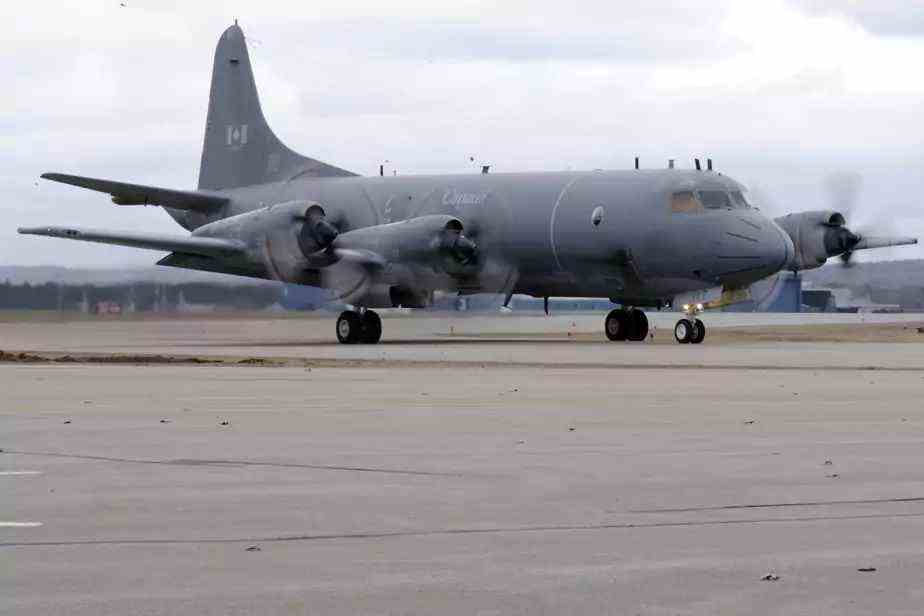We recently learned in the media that the Canadian government could consider the option of awarding a private contract to the Boeing Company for the acquisition of 8 to 12 P-8 Poseidon patrol and surveillance aircraft, a platform which is based on the Boeing 737. This purchase, whose cost is estimated at more than 5 billion dollars, would aim to replace the CP-140 Aurora planes of the Royal Canadian Air Force.
However, according to public Canadian government documents, it would not be necessary to replace the current fleet of CP-140 aircraft before 2032-2033. In addition, the government schedule for this project called “Canadian Multi-Mission Aircraft” does not foresee the start of the implementation of the project before 2027-2028. By negotiating an over-the-counter contract with Boeing, the Canadian government would considerably advance the timetable that it itself has publicly announced.
What is the urgency to act so quickly? Also according to the media, Boeing would have “warned” the Canadian government that it would cease production of its P-8 Poseidon aircraft in its facilities located in the United States if it did not receive additional orders. In other words, the Boeing plane is probably at the end of its life and we hope to extend it somewhat by winning a contract with the Canadian government.
It would be rather unlikely for a government to upend its own plans and redefine its own needs based on the interests and timing of a single supplier. Especially since other suppliers have expressed their desire to bid for this project, including at least one Canadian company, Bombardier.
Indeed, Bombardier has said it would be more than willing to offer a forward-looking solution based on its Canadian-built Global aircraft. Bombardier aircraft have also been chosen to carry out aerial surveillance and specialized missions by foreign defense systems integrators and the armed forces of various countries, including the United States, Germany and Sweden. Bombardier’s Global 6500 has significant advantages over potential competitors, such as Boeing’s P8-A, in terms of speed and above all range, which is essential for an aircraft called upon to monitor an area as vast as Canada1.
We know that the aerospace industry is a strategic and key sector for the Canadian economy, if only because of its economic spinoffs and its advances in research and development. Would it be logical for Canada to deprive itself of the skills of its aeronautical sector by prematurely awarding a mutual agreement contract to a foreign company? Few countries can boast of having all the skills required to develop and build an aircraft from A to Z. Canada has this expertise that is the envy of many nations. This is an asset that we must continue to strengthen and develop in partnership with key industry stakeholders, government authorities and National Defence.
The few countries that are lucky enough to have a successful aerospace sector tend to favor their local industry when it comes time to award lucrative military contracts. We don’t ask for that much!
We simply and fervently hope that the Canadian government will offer the opportunity to its aeronautical sector to propose an innovative solution to meet the country’s security and national defense needs, particularly with regard to surveillance in the Canadian North and the Arctic. .
Without unduly favoring a Canadian manufacturer to the detriment of foreign competition, we must seize the opportunity of public procurement to promote local innovation, maximize economic spinoffs at home, develop sovereign capabilities, and increase export opportunities. . At the very least, we should not exclude a Canadian manufacturer from the race to prolong the existence of a foreign product for a few months.
It is worrying that an over-the-counter contract with a foreign supplier is even considered an option at this time. It goes against the grain of what other nations are doing. In short, a proper call for tenders should be launched, as planned, allowing Canadian firms, as well as foreign firms, to bid.
* The author was one of three members of the advisory board mandated by the Canadian government to advise the Head of Aerospace and Space Policy and Program Review in 2012.

